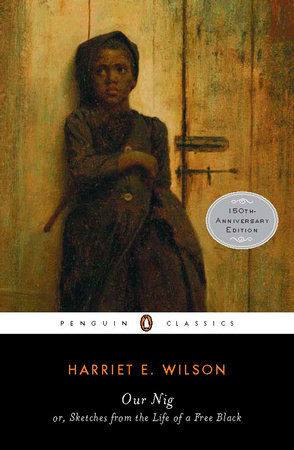Newton Knight– abolitionist guerrilla leader in MississippiPosted in Articles, History, Media Archive, Mississippi, Slavery, United States on 2015-07-23 20:52Z by Steven |
Newton Knight– abolitionist guerrilla leader in Mississippi
Workers World
2015-07-22
Paul Wilcox
A hidden history of the Civil War
Ever hear of the First Alabama Cavalry, or the name Newton Knight? Not likely. The capitalist media have always promoted stories of “former Confederate soldiers” who loyally served the Confederacy, loved Gen. Robert E. Lee, had no issue with slavery and so on. But there is another story, a hidden history, of poor white opposition to the Confederacy and to slavery…
…The Scouts had strong allies in the Black population, giving them food, ammunition, information and other supplies. There is no hard information about the composition of the guerilla army, except that “every day more blacks liberated from plantations came into the swamps to join the struggle.”
Many enslaved people risked life and limb to help, particularly Rachel, an enslaved person, who married Knight after the war. According to Jenkins and Stauffer, “They had an agreement, she would provide him with food and he would work to secure her freedom.” Knight was as good as his word. Eventually, he committed a “crime” in post-Reconstruction Mississippi by recognizing their own children and fighting for their right to attend school. Rachel and Newton were buried together outside a cemetery, because it was also “illegal” to have integrated cemeteries at the time…
Read the entire article here.
